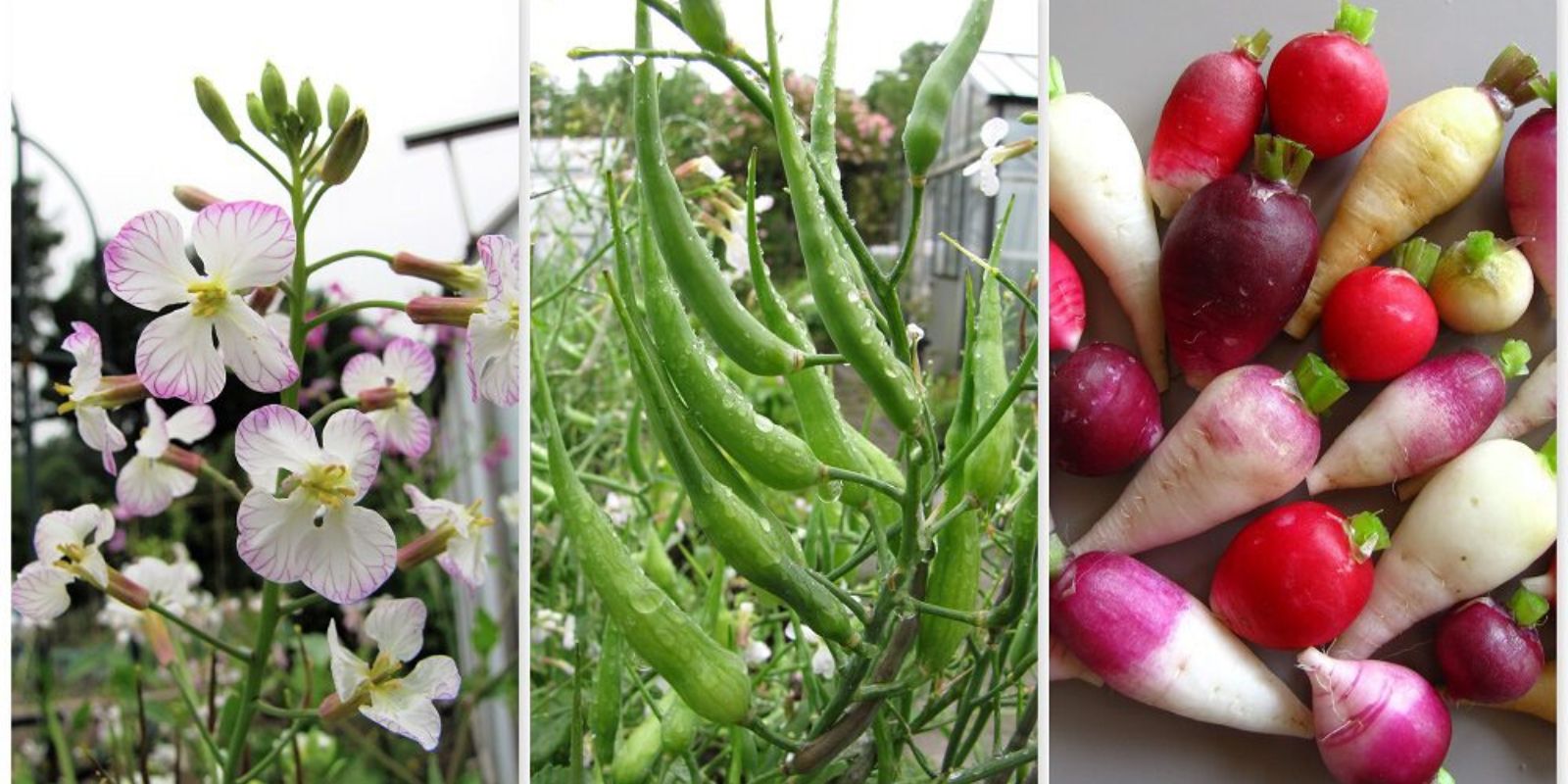When most gardeners plant radishes, they eagerly await the crisp, peppery roots that are ready to harvest in just a few weeks. But what if you could take your radish harvest to the next level and enjoy an entirely different kind of edible delight? By letting your radishes flower and produce seed pods, you can unlock a whole new flavor experience—and enjoy an even more sustainable and bee-friendly garden.
This article will guide you through the process of growing radish seed pods, how to care for your plants as they transition, and the best ways to enjoy these crunchy, versatile garden gems.
Why Let Your Radishes Go to Seed?
Radish seed pods are often overlooked, yet they’re a hidden treasure. These tender, green pods form after the plant blooms and are packed with a crisp, slightly spicy flavor reminiscent of the radish root but milder. They’re excellent for snacking, adding to salads, pickling, or even stir-frying.
Letting your radishes grow to seed has additional benefits:
- Bee-Friendly Blooms: Radish flowers are small, delicate, and highly attractive to pollinators like bees and butterflies, supporting your local ecosystem.
- Maximized Harvest: Instead of pulling a single radish root, you get dozens of seed pods from one plant.
- Seed Saving: If you allow some pods to dry on the plant, you can collect seeds for next season.
Step-by-Step Guide to Growing Radish Seed Pods
1. Start with Healthy Radishes
Choose radish varieties suited to your climate and soil. Common varieties like French Breakfast, Cherry Belle, or Daikon work well, but almost any radish can produce seed pods.
Plant your radishes in well-drained soil with plenty of sunlight. Water them consistently to ensure healthy plants that will produce plenty of flowers.
2. Skip Harvesting the Roots
Once the radishes reach maturity, resist the urge to harvest them. Allow them to stay in the ground and continue growing. The plant will eventually send up a flower stalk.
3. Let the Flowers Bloom
Radish flowers are delicate and come in shades of white, pink, or purple. They’re not only beautiful but also attract pollinators, which will improve the health of your garden.
4. Watch for Seed Pods
After the flowers fade, the plant will begin producing slender, green seed pods. These pods develop along the flower stalks and are ready to harvest when they’re young and tender, typically 2-3 inches long.
5. Harvest the Pods
Pick the pods while they’re still green and crisp. If left too long, they’ll harden as the seeds mature. Regular harvesting encourages the plant to produce more pods.
6. Save Seeds (Optional)
If you want to save seeds for next season, allow some pods to fully mature and dry on the plant. Once the pods are brown and brittle, collect them and extract the seeds. Store the seeds in a cool, dry place for planting next year.
Caring for Your Radish Plants
Letting radishes grow to seed requires a bit more care than simply harvesting the roots:
- Watering: Keep the soil consistently moist but not waterlogged. Flowering plants need steady hydration.
- Support: If your radish plants grow tall, consider staking them to prevent the flower stalks from bending or breaking.
- Pest Control: Watch for common pests like aphids, which can target flowering plants. Use organic methods like neem oil or insecticidal soap if needed.
How to Use Radish Seed Pods in the Kitchen
Radish seed pods are a culinary delight. Here are some popular ways to enjoy them:
1. Fresh and Raw
Radish seed pods make an excellent snack straight from the garden. Their crisp texture and peppery flavor are perfect for adding to salads or vegetable platters.
2. Pickled
Pickling radish seed pods enhances their flavor and extends their shelf life. Combine them with vinegar, water, sugar, and your favorite spices for a tangy, crunchy treat.
3. Stir-Fried
Lightly sauté radish seed pods with garlic, olive oil, and a sprinkle of salt for a quick and tasty side dish.
4. In Soups or Curries
Toss radish seed pods into soups or curries for added crunch and flavor.
Tips for a Successful Harvest
- Harvest Regularly: Pick pods frequently to encourage the plant to keep producing.
- Choose Young Pods: Older pods can become tough and fibrous, so harvest them while they’re still tender.
- Experiment with Varieties: Different radish varieties may produce pods with slightly different flavors.
The Environmental Benefits of Growing Radish Pods
Growing radish pods is a sustainable gardening practice. By maximizing the use of a single plant, you reduce waste and increase food production. Additionally, the flowers support pollinators, which are crucial for the health of your garden and the environment.
Radish Pod Recipes to Try
Quick Pickled Radish Pods
Ingredients:
- 1 cup radish seed pods
- ½ cup vinegar
- ½ cup water
- 1 tsp sugar
- 1 tsp salt
- Optional: garlic, dill, or chili flakes
Instructions:
- Rinse the radish pods and place them in a clean jar.
- In a saucepan, combine vinegar, water, sugar, and salt. Heat until the sugar dissolves.
- Pour the hot brine over the radish pods. Add optional seasonings.
- Seal the jar and let it cool to room temperature before refrigerating.
Radish Pod Stir-Fry
Ingredients:
- 1 cup radish seed pods
- 1 tbsp olive oil
- 1 clove garlic, minced
- Salt and pepper to taste
Instructions:
- Heat olive oil in a skillet over medium heat.
- Add garlic and sauté until fragrant.
- Toss in the radish pods and cook for 2-3 minutes.
- Season with salt and pepper. Serve warm.
Conclusion
Radish seed pods are a delightful and sustainable addition to your garden and kitchen. By letting your radishes flower and produce pods, you not only enhance your garden’s biodiversity but also enjoy a unique, flavorful harvest.
Have you tried growing radish seed pods? Share your experience and favorite recipes in the comments!

